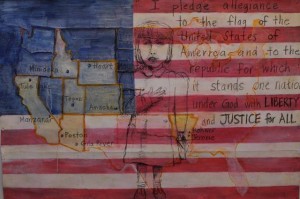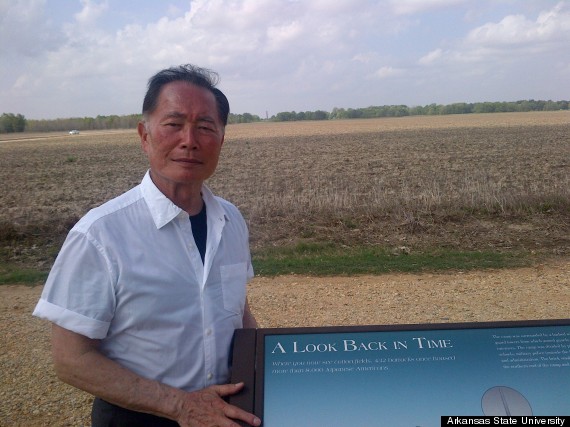Why I Love a Country that Once Betrayed Me
 When he was a child, George Takei and his family were forced into an internment camp for Japanese-Americans, as a “security” measure during World War II. 70 years later, Takei looks back at how the camp shaped his surprising, personal definition of patriotism and democracy. This talk, “Why I Love a Country that Once Betrayed Me,” was presented to a local audience at TEDxKyoto, an independent event.
When he was a child, George Takei and his family were forced into an internment camp for Japanese-Americans, as a “security” measure during World War II. 70 years later, Takei looks back at how the camp shaped his surprising, personal definition of patriotism and democracy. This talk, “Why I Love a Country that Once Betrayed Me,” was presented to a local audience at TEDxKyoto, an independent event.












